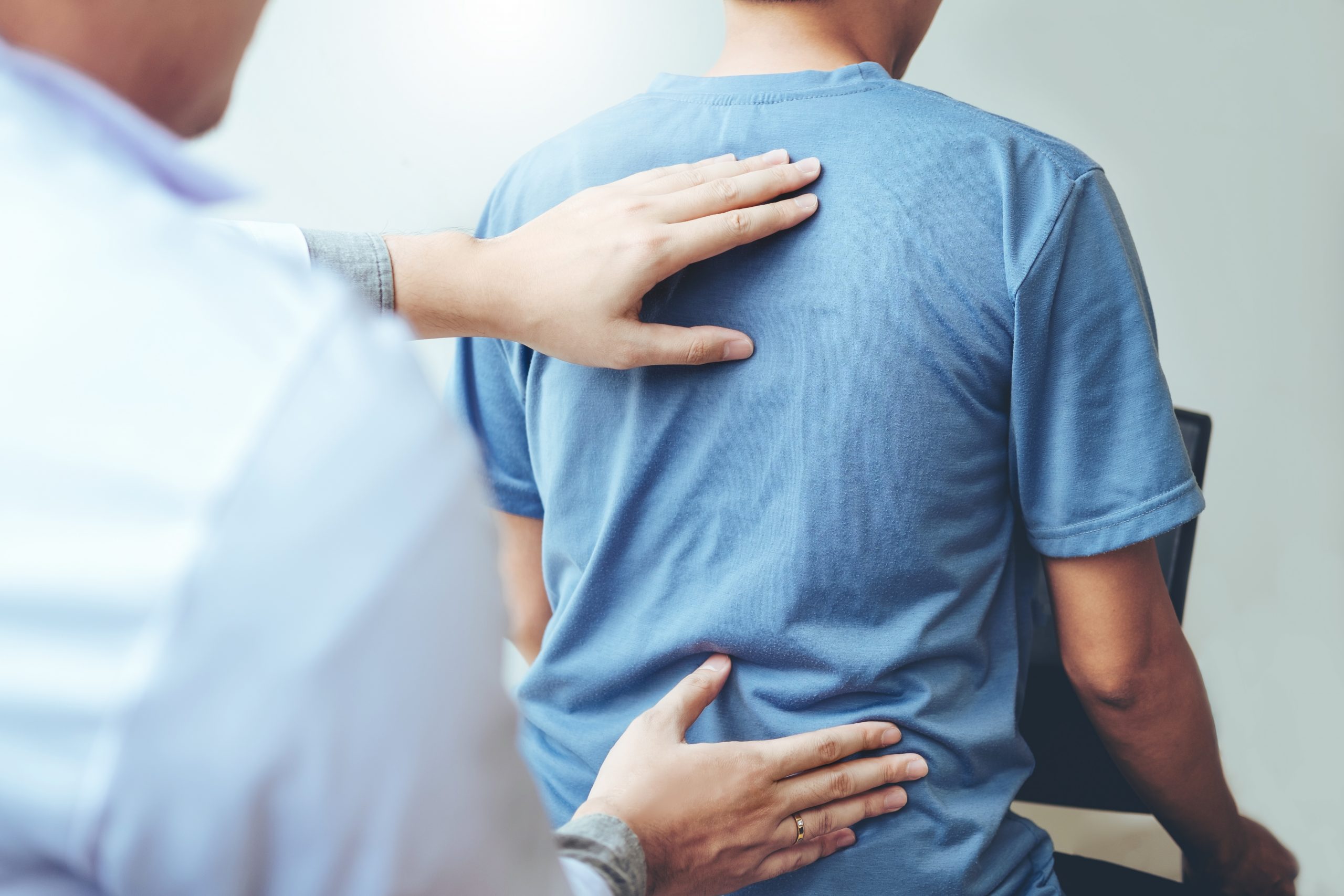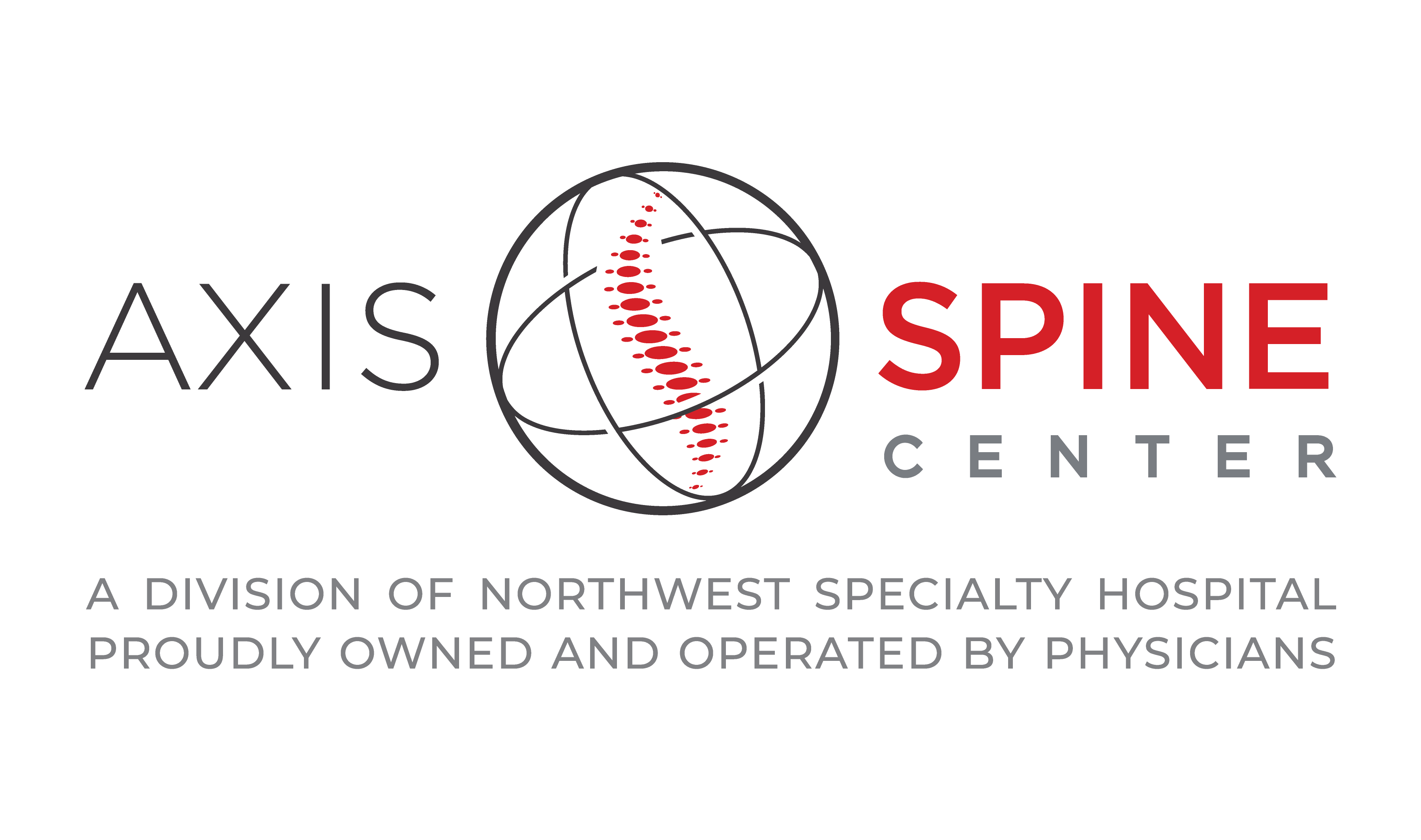
PRP Injections
PRP, or platelet rich plasma, injections are non-operative solutions for a variety of medical ailments including orthopedic ligament or tendon sprains, arthritis, muscular injury, and spinal conditions. PRP utilizes the body’s own natural healing power by concentrating a patient’s plasma into damaged areas to help accelerate the tissue healing process. Platelet rich plasma is an effective choice for this because it is very rich in anti-inflammatory and regeneration-promoting factors; it also has a long track record of success and is as natural as it gets for treating musculoskeletal injuries.
Depending on your unique circumstances and the recommendations of your doctor, PRP injections can be a good choice to help treat the following conditions:
- Back or Spinal Pain
- Hip Joint Pain
- Knee Pain
- Joint Osteoarthritis
- Rotator Cuff Injuries
- Shoulder Pain
- Acute or Chronic Muscular Injury
- Tendon or Ligament Injury
Platelet rich plasma can be created in as little as thirty minutes. A small volume of blood will be drawn from the patient at an office visit as if it were no more than a simple blood test. The blood will then be placed into a centrifuge to separate the components of the blood. The beneficial cells and material will be concentrated and the damaging cells are discarded.
PRP injections are a non-operative treatment option that offer a long lasting solution to your pain. This is because the benefit of PRP injections will not wear off over time as they serve to reduce inflammation and promote healing and regeneration of the area where they are injected. Steroids, on the other hand, are great at reducing inflammation quickly and providing immediate pain relief, but do not promote healing and in fact can accelerate degeneration with repeated injections (especially into joints).
Following the collection of the platelet rich plasma, the PRP will then be injected directly into the target ligament, joint, or muscle. We will use fluoroscopy (x-ray) or ultrasound guidance to ensure the correct placement of the PRP into the region of pain. The overall process should last less than one hour.
The injection includes producing a micro injury to the tissue injected. As a result, expect the area to be sore from 1 to 3 days. This can be everything from minimally sore to very sore. PRP can help an injured patient be pain-free in as little as one month, but often times the peak effect is not realized for 3-6 months after the injection.
